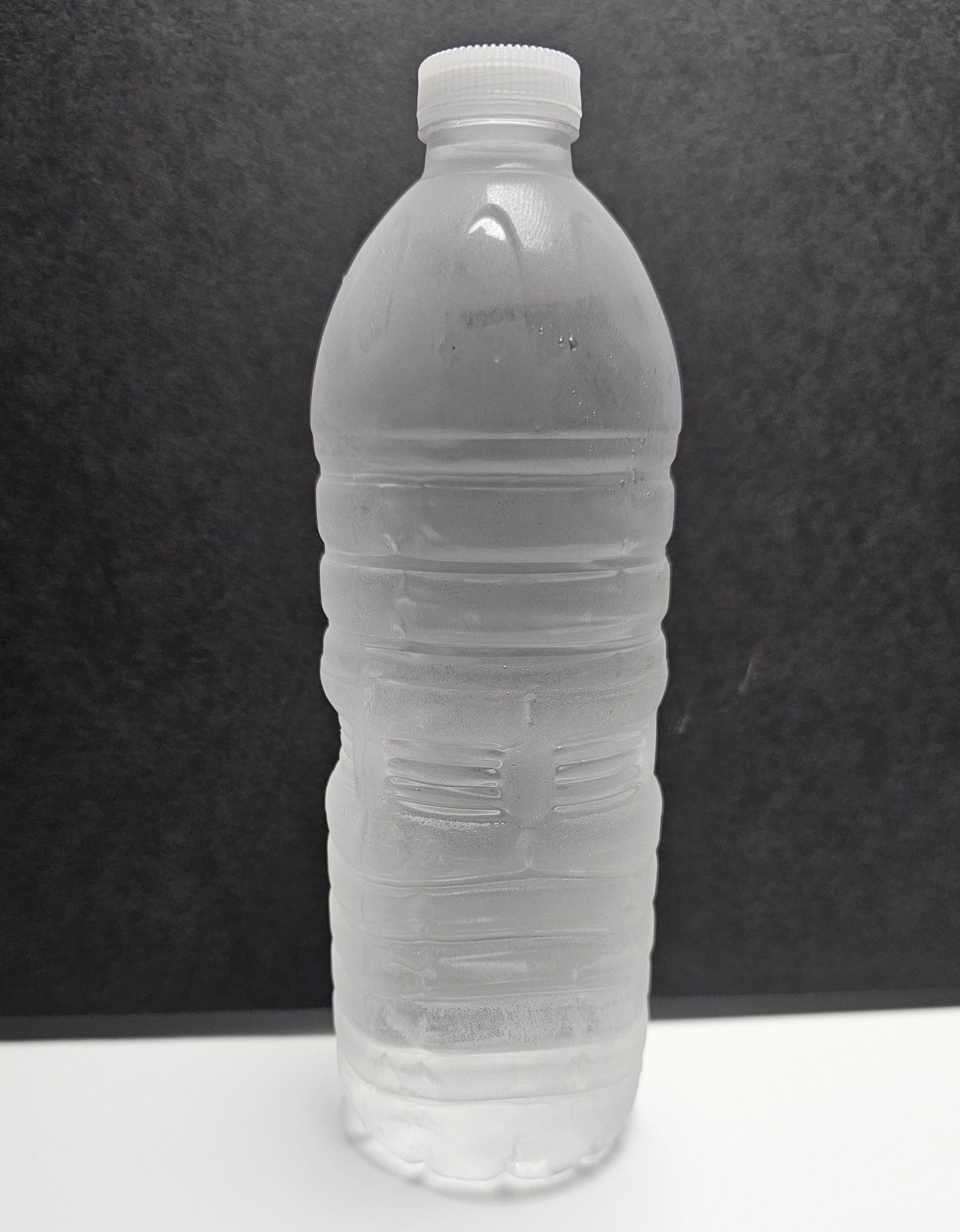BTUs Unveiled: Understanding Energy
Nov 08, 2024
BTUs are the language of energy in the world of commercial and industrial boilers and burners. You'll frequently encounter BTUs, MBTUs, and even MMBTUs in your work in the industry. Yet, understanding what these units truly represent can sometimes be confusing. In this blog post, we aim to dissect the concept of BTUs for industry professionals, complete with simple examples to make this term more approachable.
What is a BTU?
First things first: BTU stands for "British Thermal Unit." In its most basic definition, a BTU is the energy required to change the temperature of one pound of water by one degree Fahrenheit.
Simple Example for Context
Think of a pound of water roughly equivalent to 16 FL OZ, like a typical disposable water bottle. Imagine heating that water bottle by just one degree Fahrenheit—say, going from 64 F to 65 F. The energy needed for that small change is defined as a single BTU.
BTU Abbreviations for Large-Scale Applications
Working in commercial and industrial settings often means dealing with big numbers. Instead of writing out all the zeros in the BTU rating, here's how BTUs are commonly scaled:
-
MBTU: Represents 1000 BTUs. For instance, a boiler rated at 50 MBTU could output 50,000 BTUs.
-
MMBTU: Stands for 1,000,000 BTUs, often the scale used for large industrial boilers and burners.
You should remember that sometimes manufacturers will use MBTU to represent 1,000,000 BTU. This can be confusing, so make sure you always double check manufacturer literature.
Units of Time
Equipment Efficiency

Why You Should be Fluent in BTUs
-
Precision: The accurate sizing of boilers and burners ensures correct BTU output, leading to optimal efficiency and performance.
-
Cost-Savings: Properly sized equipment, based on BTU needs, can reduce energy waste, lowering operational costs.
-
Safety: Incorrect BTU output can be a safety hazard, leading to damaged equipment, excessive burner cycling, and dangerous conditions.
Practical Example of BTUs
Conclusion
So, the next time you encounter BTUs, MBTUs, or even MMBTUs in your work, you can feel confident in understanding what these units signify. Just as it takes approximately 12,500 wax candles to generate 1 MMBTU, it takes a comprehensive understanding of BTUs to light the way toward excellence in the boiler and burner industry.


